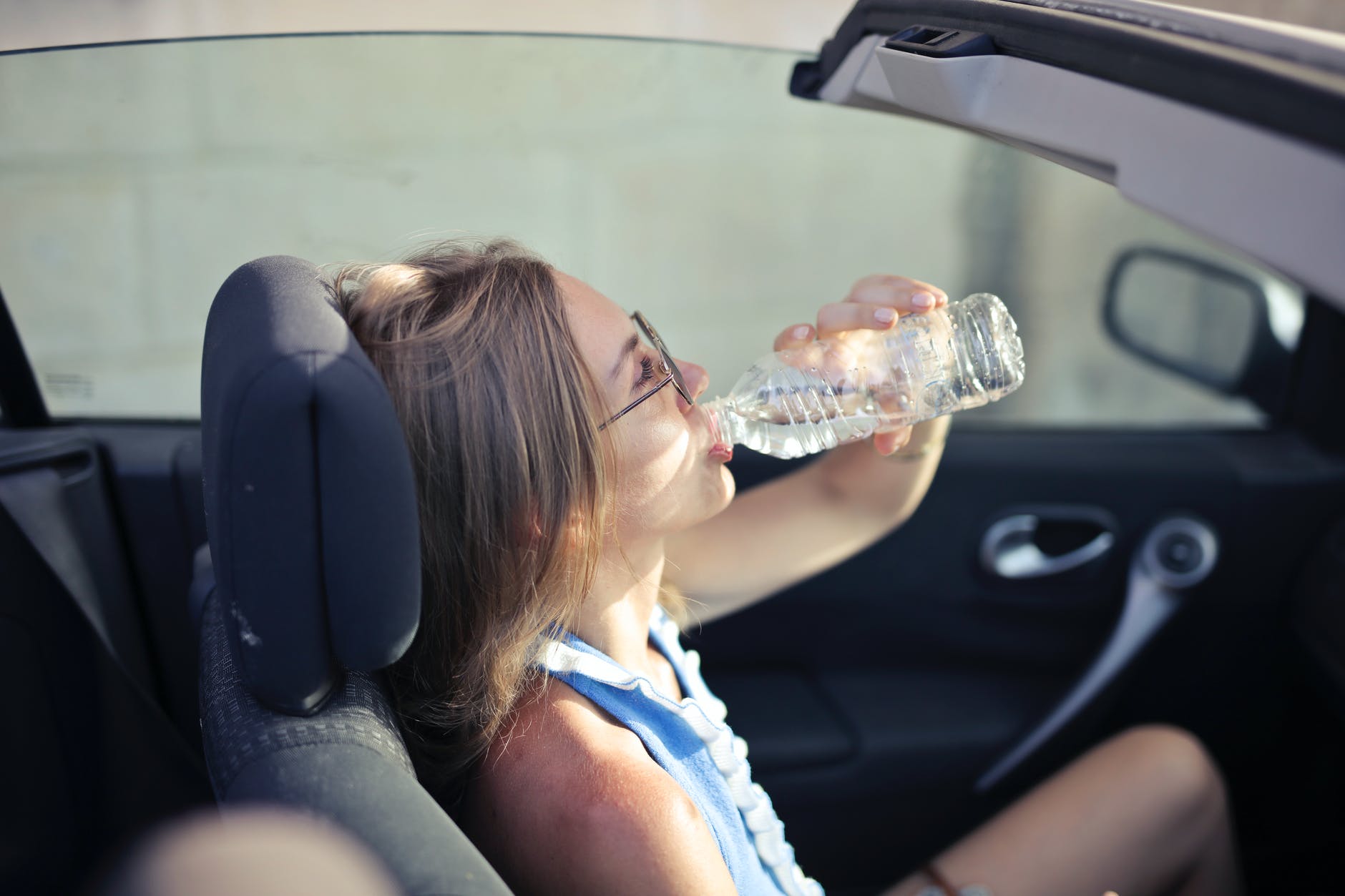Residents Urged to Take Precautions During Heat Event
Environment and Climate Change Canada is forecasting high temperatures that are expected to begin on Saturday, August 6th and to last at least two days. The Eastern Ontario Health Unit (EOHU) is advising residents of the five Eastern Counties to take steps to prevent heat-related illnesses.
Everyone is at risk during a heat event, but health risks are greater for: older adults, infants and young children, people with chronic illnesses, people who work in the heat, people who exercise in the heat, homeless people and low-income earners.
Heat-related illnesses are preventable. Follow these tips to reduce the risk of a heat-related illness:
- Drink plenty of cool liquids, especially water, before you feel thirsty to decrease your risk of dehydration. Thirst is not a good indicator of dehydration.
- Reschedule or plan outdoor activities during cooler parts of the day.
- Wear loose-fitting, light-coloured clothing made of breathable fabric. Dress babies and young children very lightly and do not bundle them in blankets or heavy clothing.
- Never leave people or pets in your care inside a parked vehicle or in direct sunlight.
- Take a break from the heat by spending a few hours in a cool place. It could be a tree-shaded area, an air-conditioned spot, or a cooling centre.
- Take cool showers or baths until you feel refreshed.
- Prepare meals that don’t need to be cooked in your oven.
- Block sun out by closing awnings, curtains or blinds during the day.
- Avoid sun exposure. Shade yourself by wearing a wide-brimmed, breathable hat or using an umbrella.
- Limit your physical activity.
- Be aware that children are unable to perspire as much as adults and are therefore more prone to heat stress.
- Ask your health care provider or pharmacist if the medications you are taking or any health condition you may have increase your health risk in the heat and follow their recommendations.
- For more information on how to protect yourself from heat-related illnesses, visit www.EOHU.ca/heat.
Heat-related illnesses include heat stroke, heat exhaustion, heat fainting, heat edema (swelling of hands, feet and ankles), heat rash and heat cramps (muscle cramps). Watch for symptoms of heat illness, which include: dizziness or fainting, nausea or vomiting, headache, rapid breathing and heartbeat, extreme thirst, and decreased urination with unusually dark yellow urine. If you experience any of these symptoms during extreme heat, immediately move to a cool place and drink liquids. Water is best.
Heat stroke is a medical emergency. Call 911 immediately if you are caring for someone who has a high body temperature and is either unconscious, confused or has stopped sweating. While waiting for help, cool the person right away by moving them to a cool place if you can, applying cold water to large areas of the skin or clothing, and fanning the person as much as possible.
The EOHU urges everyone to stay alert and take precautions. Remember to frequently visit neighbours, friends and older family members, especially those who are chronically ill, to make sure that they are cool and hydrated.
To receive weather alert notifications for your area, download the WeatherCAN app at www.canada.ca/en/environment-climate-change/services/weather-general-tools-resources/weathercan.html. You can also see Environment and Climate Change Canada’s weather alert updates at https://weather.gc.ca/warnings/index_e.html?prov=son.





